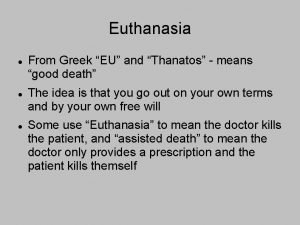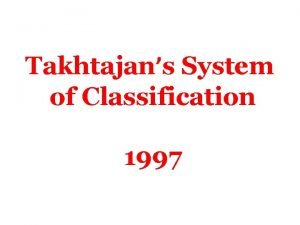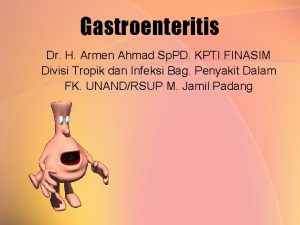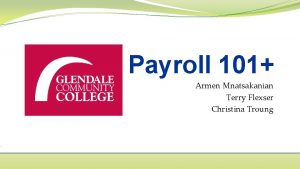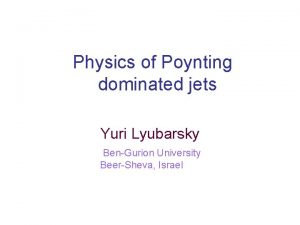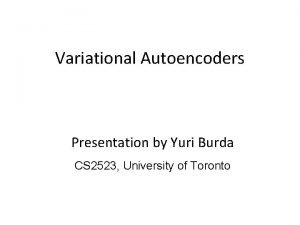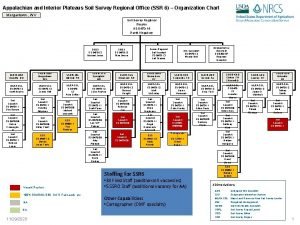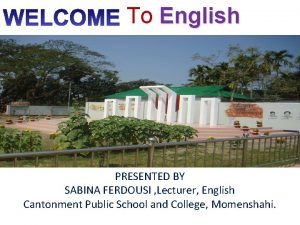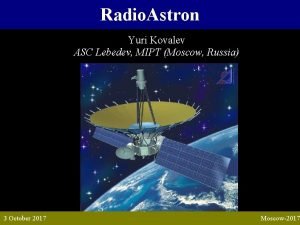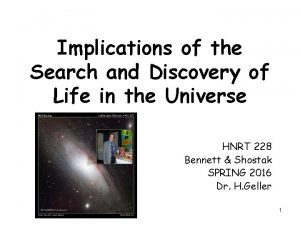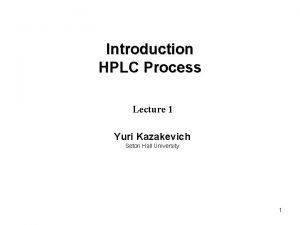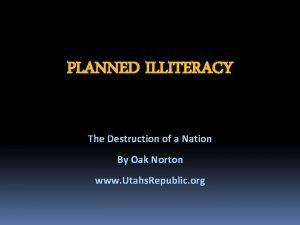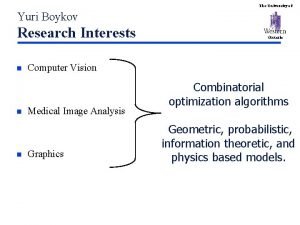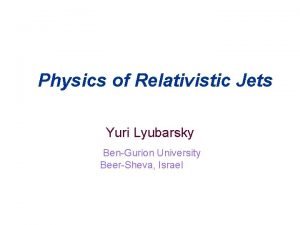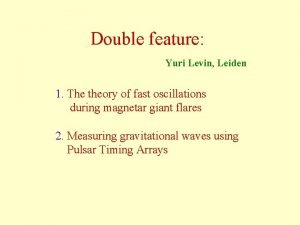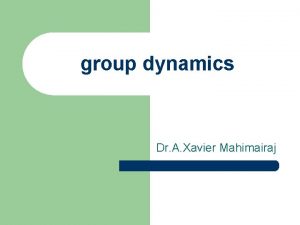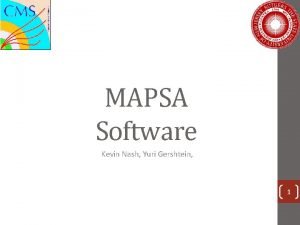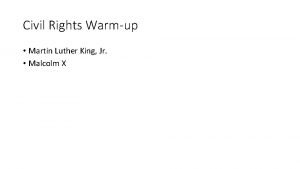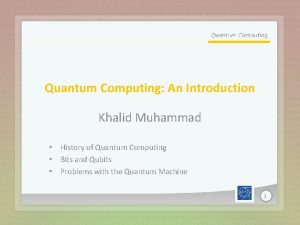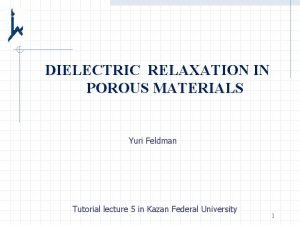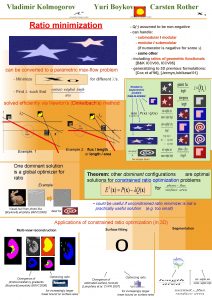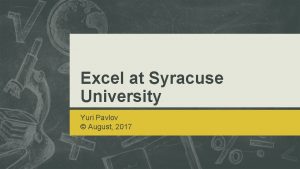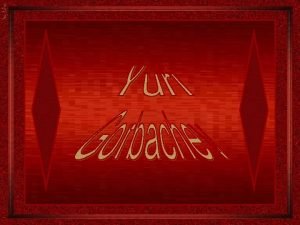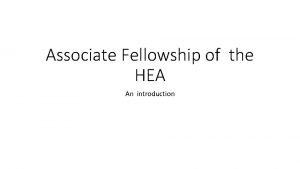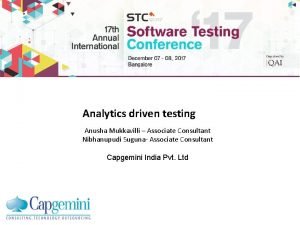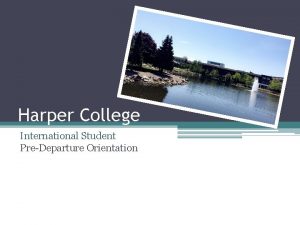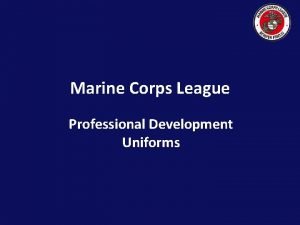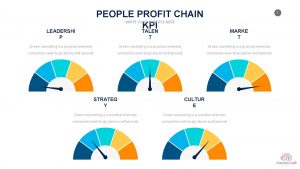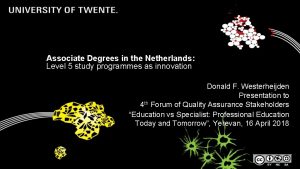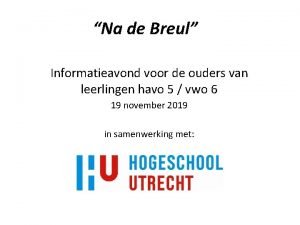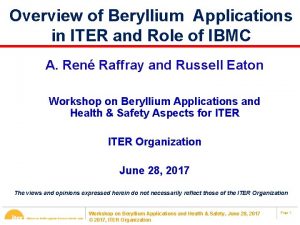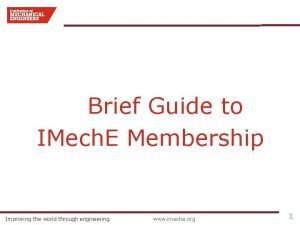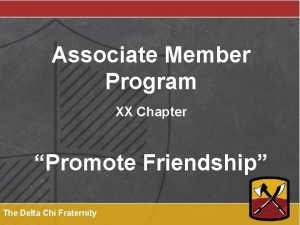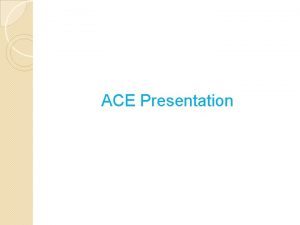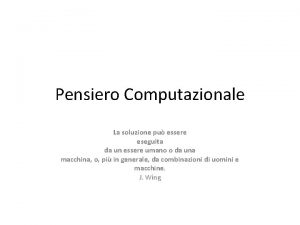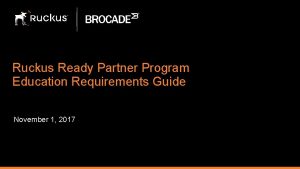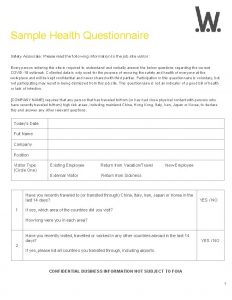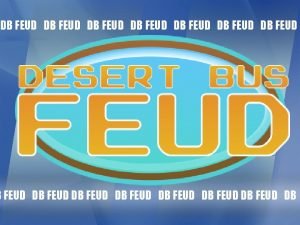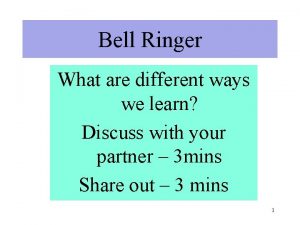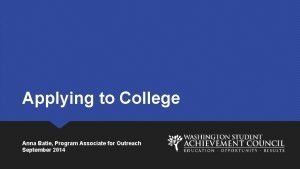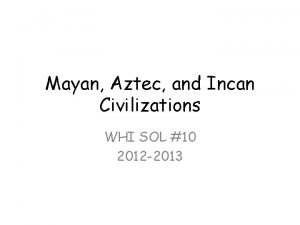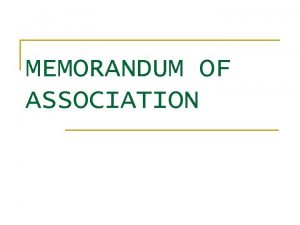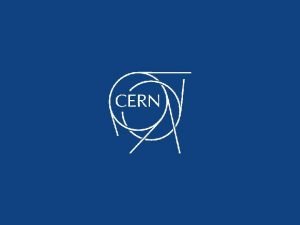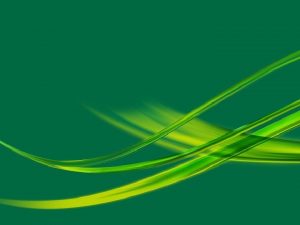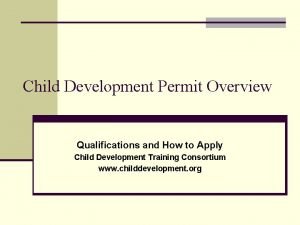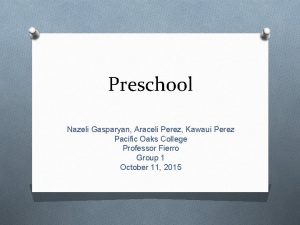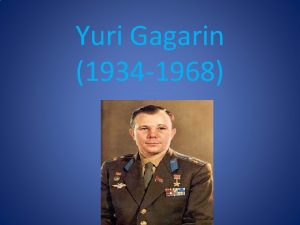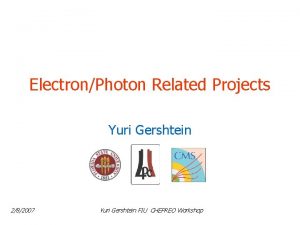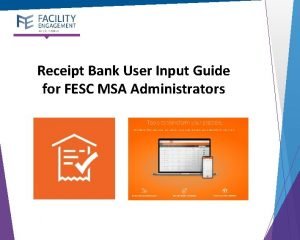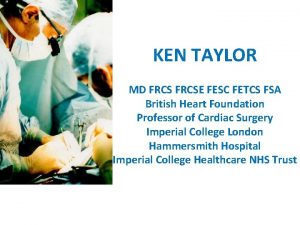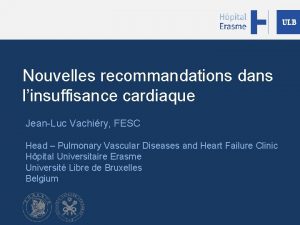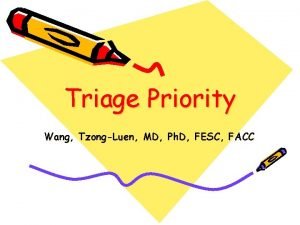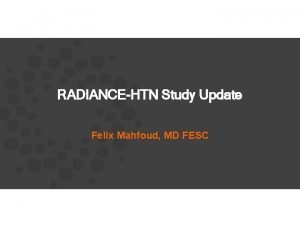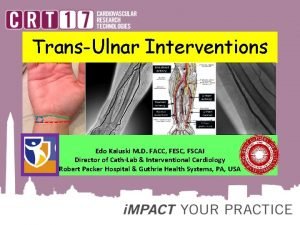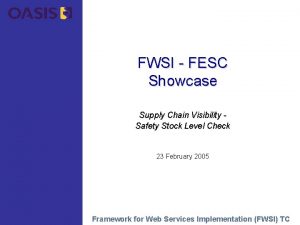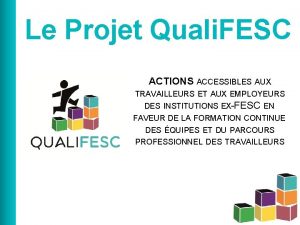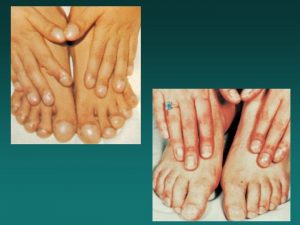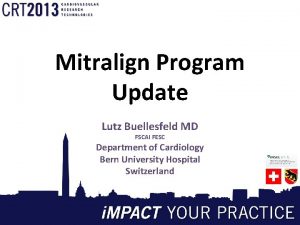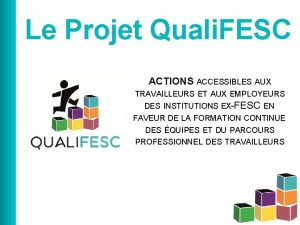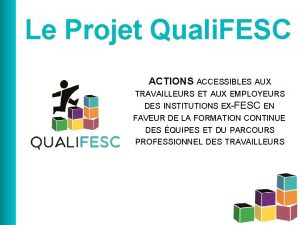Armen Yuri Gasparyan MD Ph D FESC Associate



















































































- Slides: 83

Понятие этики научного журнала как одного из главных критериев издательской деятельности Armen Yuri Gasparyan, MD, Ph. D, FESC Associate Professor of Medicine Member, World Association of Medical Editors

Associations concerned with publication ethics

Who are the authors (old criteria) 1. Those who provide substantial contributions to conception and design, data acquisition, or analysis and interpretation of data 2. Those who involved in document drafting or provide critical review for important intellectual content 3. Give final approval of publication http: //www. icmje. org/ethical_1 author. html


The main principle of authorship in biomedicine Ø Creativity!

Who do NOT qualify as authors • Those who only secure funding for research • Those who only [perform lab tests]/collect data • Those who only supervise the [research] project • Those who provide writing assistance http: //www. icmje. org/ethical_1 author. html

Other criteria Authorship implies a significant intellectual contribution to the work, some role in writing the manuscript and reviewing the final draft …

Other criteria American Physical Society ü Authorship. . . limited to. . . a significant contribution to the concept, design, execution or interpretation of the research study. ü All those who have made significant contributions should be offered the opportunity to be listed as authors. ü Other individuals who have contributed to the study should be acknowledged, but not identified as authors. http: //www. aps. org/policy/statements/02_2. cfm

Other criteria Authorship may be claimed if researchers: • • conceived the ideas or experimental design; participated actively in execution of the study; analyzed and interpreted the data; or wrote the manuscript • Researchers will not add or delete authors … without consent. . . • Researchers will not include as coauthor(s) any individual who has not agreed to … the final version of the manuscript. http: //esapubs. org/esapubs/ethics. htm

First author in by-lines • Usually junior researcher • Make the greatest contribution to the work

Equal authorship • Those who equally contributed to the study • Usually first and second authors • No clear definition • May be used for academic promotion

Last author in by-lines • Usually senior researcher • Head of the department, often corresponding author • Guarantor of the integrity of the whole research work who guide throughout research and writing • Sometimes ‘guest’ or ‘gift’ author

Corresponding author • The person (one) one responsible for receiving reviewers’ comments, proofs, reprints, coordination of revisions and integrity of the whole work • Usually senior researcher • Contact details do not change over long period of time • Correspondence should include postal and electronic addresses, phone & fax • Valid and active email is a must



Authors’ ID

Authors’ ID

ORCID (Open Researcher and Contributor ID) ID is a code to identify authors. Similar to DOIs for articles


Non-Anglophone names




Automatic updates of ORCIDs http: //orcid. org/blog/2014/11/21/new-functionality-friday-autoupdate-your-orcid-record? ref=email


Ghost author • Authors who made substantive contribution to the design, execution, revisions, meet the ICMJE criteria but not listed as co-authors • Representatives of pharma industry • Authors’ editors who are not listed in the acknowledgements (e. g. in case of editorials, reviews, rarely – original papers) • Denial of fair authorship - misconduct

Gift author • Authors who do not meet the ICMJE criteria but listed as co-authors • Usually senior researchers, heads of the department, those who provided funding • A colleague who is expected to add your name in his articles without considering your contribution

Inappropriate authorship • Ann Intern Med, JAMA, Lancet, Nature Med, N Engl J Med, PLo. S Med • Corresponding authors surveyed with 30 questions about contributions of authors • In the sample (n=630) prevalence of honorary authorship, ghost authorship, or both was 21. 0% (95%CI 18. 0 -24. 3%) • Honorary authors for research articles 25. 0%, reviews 15. 0%, editorials 11. 2%

Honorary authorship • 3 major physical medicine and rehabilitation journals (2009 -2011) • Response 27% (248/908)

Honorary authorship in Iran 89% in Iranian J Publ Health, J Kerman UMS, Tehran UM J

Guest authorship in a top Iranian journal • N of authors fulfilling ICMJE criteria • 12 issues of AIM, 2005 -2007 • Authors/article - 3. 5 in 2005, 4. 1 in 2006, and 5. 6 in 2007 • 296 names evaluated: 186 (62. 8%) met the criteria, 110 (37. 2%) – ‘guests’ Ghajarzadeh M. Guest Authors in An Iranian Journal. Dev World Bioeth 2012 Oct 1. doi: 10. 1111/dewb. 12002.

How to avoid inappropriate authorship ü “Authors by self-regulation can comply with definitions of authorship” ü “Journals [editors] can outline the requirements for authorship and require a list of author contributions” ü “Institutions can educate and encourage good publication practices”

Long and short authors lists

Tracking ‘guest’ and ‘gift’ authors




Contributions statement • Most journals have this section • Each and every author’s contributions should be mentioned in detail


Authorship criteria (2013) 1. 2. 3. 4. Substantial contributions to the conception or design of the work. . . Drafting the work or revising it critically. . . Final approval of the version to be published. . . Agreement to be accountable for all aspects of the work in ensuring that questions related to the accuracy or integrity of any part. . . http: //www. icmje. org/roles_a. html

Authorship index ü Points for certain activities are awarded: 1. Intellectual input (planning/designing/interpreting) – maximum 25 2. Practical input: data-capture - 25 3. Practical input: data processing/organizing - 10 4. Specialist input from related fields - 15 5. Literary input (first complete draft of manuscript) - 25 ü Passing a threshold score (25 out of 100 points) guarantees authorship ü Place in the bylines is based on scores Hunt R. Trying an authorship index. Nature 1991; 352: 187

Authorship index and the by-lines ü Points for certain activities are awarded up to 1. 0 ü Contributions should be given in the by-lines after the authors’ names: Author A(0. 4), B (0. 3), C (0. 2), D (0. 1)

Authorship points • • 1, 000 -point system The whole idea - 250 points Writing the whole paper - 250 points Full design, running experiments and analysing data – 500 points • Researchers who score 100 points make the author list, with each person’s point total determining their rank Stephen Kosslyn, Stanford Uni, CA, USA

Interchangeable terms CONFLICT OF INTERESTS COMPETITION OF INTERESTS COMPETING INTERESTS

Definition • Circumstances that create a risk that professional judgement or actions regarding a primary interest will be disproportionately influenced by a secondary interest • Primary interest - goals of a profession (protection of clients, science integrity) • Secondary interest - financial gain, career gains, favours for family and friends

Common conflicts • Self-dealing – an official deals with an organization where holds a post (eg edit accepts his own papers) • Contradicting one another employments • Family interests (nepotism) • Favours and gifts (pharm or commercial agencies)

• A situation in which an individual might benefit personally from official or professional actions. It includes a conflict between a person's private interests and official responsibilities in a position of trust. … The concept refers both to actual conflict of interest and the appearance or perception of conflict Introduced in 1991

COIs in health research • • Personal Commercial/financial Political Religious Ideological Academic (academic competition) Intellectual http: //www. biomedcentral. com/about/editorialpolicies http: //onlinelibrary. wiley. com/journal/10. 1002/(ISSN)15290131/homepage/editor_conflict_guidelines. htm http: //www. bmj. com/highwire/section-pdf/8997/1/1 http: //www. bmj. com/about-bmj/resources-reviewers/competing-interests http: //www. nature. com/authors/policies/competing. html


COI form for authors • Disclosure of Potential Conflicts of Interest http: //www. icmje. org/coi_disclosure. pdf • Financial relationships (regardless of amount of compensation) outside the submitted work • Any patents broadly relevant to the work • Other relationships or activities that readers could perceive to have influenced, or that give the appearance of potentially influencing, what you wrote in the submitted work • Report all sources of revenue paid (or promised to be paid) directly to you or your institution on your behalf over the 36 months prior to submission of the work (grants, lecture fees, drugs, equipment, royalties for a patent, etc. )


Outcomes of the ICMJE form implementation • 2010 - 19. 1% of DA authors submitted positive COI declarations • The form implemented at DA in 2011 • 2012 - 39. 6% of DA authors submitted positive COI declarations Baethge C. Peer. J. 2013; 1: e 128




Organisations concerned with plagiarism

Definition of plagiarism v. A form of piracy that involves the use of text or other items (figures, images, tables) without permission or acknowledgment (CSE)

• “. . . in addition to text and data, data plagiarism also includes the misappropriation of a wide range of others’ intellectual property, including ideas, ideas images, images and methodologies. ” methodologies

• >2, 000 articles are retracted in Pub. Med (May 2012) • Impact factor correlates with retractions • 67. 4% - misconduct, including fraud (43. 4%), duplication (14. 2%) and plagiarism (9. 8%)

• US, Germany, Japan, China – ¾ of retractions

http: //retractionwatch. com/2011/10/31/how-do-croatian-scientistsdeal-with-retractions-and-misconduct-a-guest-post-by-micotatalovic/

“We did a … search of the plagiarized sentences in 80 papers submitted to [Urology] j… 55% of the manuscripts had at least one plagiarized sentence” Farrokhi F. Plagiarism: Where Unawareness Makes a Lame Excuse. Arch Iranian Med 2009; 12 (2): 176 – 178

Explanations of instances of plagiarism ‘My English is very poor, so I thought it was better to use the words of someone senior to me’ Harvey Marcovitch, former chair of COPE Cross M. Policing plagiarism. BMJ 2007; 335: 963 doi: 10. 1136/bmj. 39388. 668773. 47 ‘Academic laziness’ Kleinert S. Checking for plagiarism, duplicate publication, and text recycling. Lancet. 2011; 377: 281– 2. doi: 10. 1016/S 0140 -6736(11)60075 -5.

Intentional intellectual theft üSteeling ideas, methodology or text from manuscripts or proposals under review by reviewers üSteeling images or tables from open-access sources (eg for lectures) üAppropriation of others’ ideas and suggestions expressed at informal discussions

Unintentional misconduct in writing üInappropriate summarizing (without reading full text of a primary source) üInappropriate paraphrasing üInappropriate or lack of citations and quotations

Proper citation and quotation üWhen passages from published texts are copied word for word, these should be enclosed in quotations marks and linked to a reference. üRefer to the commonly used citations and references guides (eg APA citation guide) Publication Manual of the American Psychological Association, 6 th ed. Washington, DC: American Psychological Association, 2010. http: //www. lib. monash. edu. au/tutorials/citing/apa-a 4. pdf

Self-plagiarism (recycling) • Recycling one’s own published text, data, graphics (even with citations) • Duplicate publications or submission (exclusion – publication of an article based on a conference abstract, presentation; notes should indicate that) • ‘Salami’ or ‘augmented’ publications

Limits of self-plagiarism • ? • <10% of verbatim text recycling (particularly in Methods) is acceptable • Up to 15 -20% - less acceptable by experts • >30% - unacceptable Kravitz RL, Feldman MD. From the Editors' Desk: Self-Plagiarism and Other Editorial Crimes and Misdemeanors. J Gen Intern Med 2011; 26(1): 1.

Plagiarism detection v. Google search v Checking by colleagues/coauthors, “Whistleblowing” by readers v. Plagiarism detecting softwares FREE: Chimsky, Copy. Tracker, e. TBLAST, plagiarism-detect. com, Plagiarismchecker, See. Sources COMMERCIAL: i. Thenticate, Copyscape, Plagium, Turnitin ü Time-consuming, useful for small text articles; not suitable for extensive reviews ü Detection subject to the availability of sources tracked by software

Detecting copied texts http: //www. seomastering. com/similar-text-checker. php

Detecting image steeling

Copying from Russian Source





• A fee-based membership for publishers • Cross. Ref provides links to primary research, assigns DOIs to articles, books, theses, conf. proceedings, and makes referencing more systematic • Members have access to Cross. Check to detect plagiarism (more than 54000 members; the largest database) www. crossref. org/08 downloads/2011_PILA_Membership_Agreement. pdf www. crossref. org/08 downloads/2011_Membership_Application. pdf

Simple rules to avoid plagiarism 1. 2. 3. 4. 5. Don’t copy verbatim Write in your own words and style, minimize paraphrasing. When in doubt, cite Don’t recycle graphics without permissions and citation. Ask permission to use graphics Ober H, Simon SI, Elson D. Five Simple Rules to Avoid Plagiarism. Ann Biomed Eng 2012

How to avoid plagiarism • “ALWAYS acknowledge contributions of others and the source of his/her ideas • Any verbatim text taken from another author must be enclosed in quotation marks…

Editors! Revise Instructions for Authors

An example of a good journal

An example of a good journal

Thanks for attention! Q&A a. gasparyan@gmail. com
 Authors contribution statement
Authors contribution statement Thanatos illness artinya
Thanatos illness artinya Merits and demerits of bessey system of classification
Merits and demerits of bessey system of classification Rob goossens armen
Rob goossens armen Asidiosis
Asidiosis Christina troung
Christina troung Yuri lyubarsky
Yuri lyubarsky Yuri burda
Yuri burda Yuri plowden
Yuri plowden Valentina tereshkova flowchart
Valentina tereshkova flowchart Yuri kovalev
Yuri kovalev Yuri krotov
Yuri krotov Yuri milner
Yuri milner Yuri knozorov
Yuri knozorov Yuri kazakevich
Yuri kazakevich Yuri bezmenov quotes
Yuri bezmenov quotes Yuri boykov
Yuri boykov Rav kav
Rav kav Yuri kovchegov
Yuri kovchegov Pulsar timing
Pulsar timing Kurt levin
Kurt levin Yuri klapouh artist
Yuri klapouh artist Vddpst
Vddpst Yuri garigan
Yuri garigan Yuri manin
Yuri manin Yuri armstrong
Yuri armstrong Yuri
Yuri Vladimir kolmogorov
Vladimir kolmogorov What is excel yuri
What is excel yuri Yuri gorbachev paintings
Yuri gorbachev paintings Cavecchi type
Cavecchi type Hea associate fellowship
Hea associate fellowship Associate consultant in capgemini
Associate consultant in capgemini Adobe spark certificate
Adobe spark certificate Rcog cpd
Rcog cpd Harper college
Harper college Associate degree in nursing lone star college
Associate degree in nursing lone star college Marine corps league uniform regulations
Marine corps league uniform regulations Associate degree startdag
Associate degree startdag Active process of discovery
Active process of discovery Associate degree in the netherlands
Associate degree in the netherlands Promotion from associate professor to professor
Promotion from associate professor to professor Mhp associate partner gehalt
Mhp associate partner gehalt Cincinnati state associate degrees
Cincinnati state associate degrees Tio collegegeld
Tio collegegeld Iter project associate
Iter project associate Sep certification
Sep certification Cipd experience assessment impact report examples
Cipd experience assessment impact report examples Imeche associate membership
Imeche associate membership Associate consultant in capgemini
Associate consultant in capgemini برنامهxx
برنامهxx Associated consulting engineers
Associated consulting engineers Tecniche associate al pensiero computazionale:
Tecniche associate al pensiero computazionale: Ruckus ready partner program
Ruckus ready partner program Safety associate
Safety associate Analyst hierarchy
Analyst hierarchy Michelin aad program
Michelin aad program Advantages and disadvantages of cache memory
Advantages and disadvantages of cache memory Name something you associate with superman
Name something you associate with superman To associate
To associate Associate program
Associate program Associate degree rmit
Associate degree rmit Physician associate lecturer
Physician associate lecturer Inca civilization
Inca civilization Memorandum importance
Memorandum importance Associate warden
Associate warden Los angeles harbor college nursing
Los angeles harbor college nursing Project associate cern
Project associate cern Mbcs membership
Mbcs membership Child development associate teacher permit
Child development associate teacher permit

